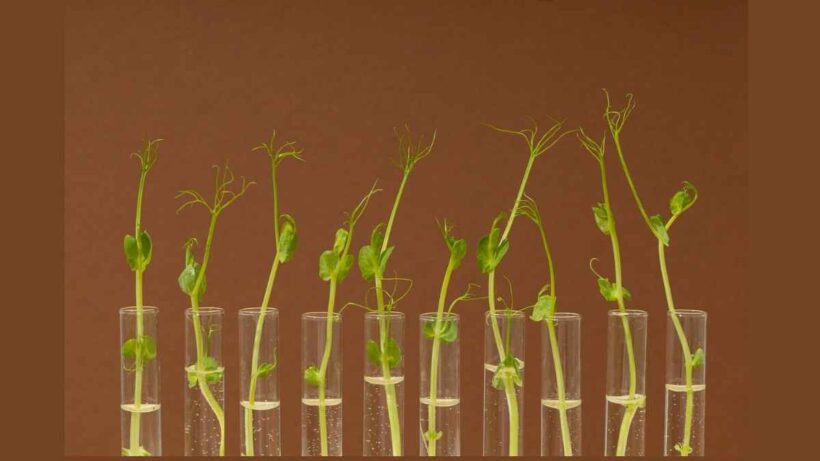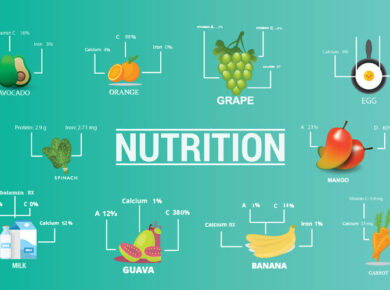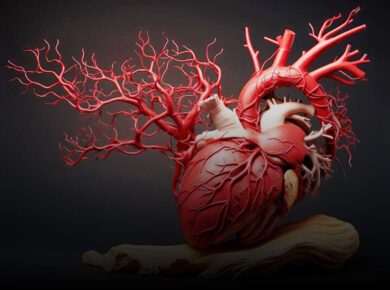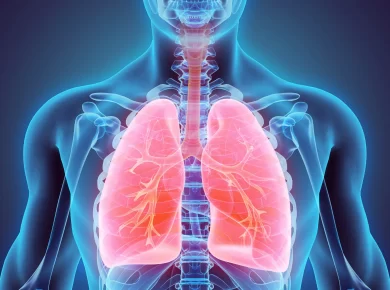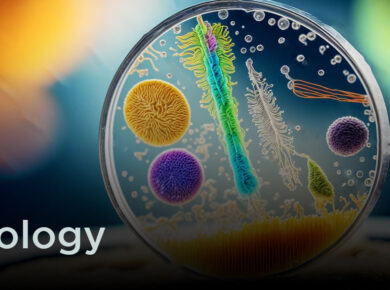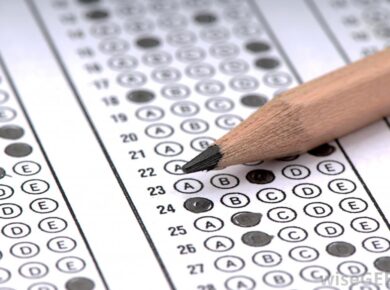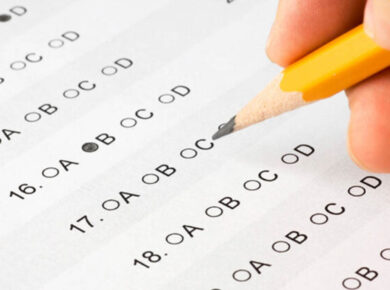Reproduction in Lower Plants
We will study the different types of reproduction in two lower plants, one Unicellular
- Algae (Chlamydomonas) and the other multicellular filamentous algae (Spirogyra), Chlamydomonas (A Unicellular Alga)
(i) It is a haploid unicellular alga found in fresh water ponds:
(ii) The plant body is pear-shaped with two flagella attached at the narrow end.
(iii) On one side of the cell an eye spot is present.
(iv) A large cup-shaped chloroplast is present.
(v) Towards the centre, a definite nucleus is present.
(vi) Chloroplast contains a single pyrenoid.
Reproduction
A. Asexual with the help of zoospores
- Chlamydomonas loses flagella and becomes non-motile.
- Its protoplasm (cytoplasm and nucleus) divides mitotically and forms 4-8 zoospores.
- The parent cell wall is ruptured and zoospores are released.
- Each zoospore develops a cell wall and grows into an adult cell.
- The parent cell does not exist any more.
B. Sexual Reproduction
- The cell become non-motile by losing its flagella.
- The protoplasm divides mitotically into 2,4,8,16,32 daughter cells.
- Each daughter cell develops flagella and is released in water by the rupture of mother cell wall. It acts as a gamete.
- The gamete is morphologically identical in structure but all identical (Isogamous).
- Gametes released from two different mother cells fuse together.
The contents of the gametes fuse and form a zygote (diploid). This is the only diploid stage in the life cycle of Chlamydomonas.
